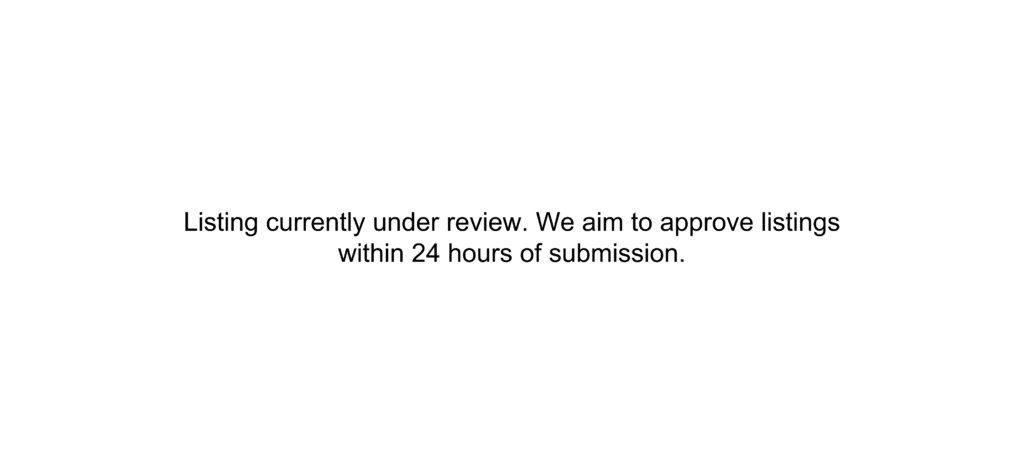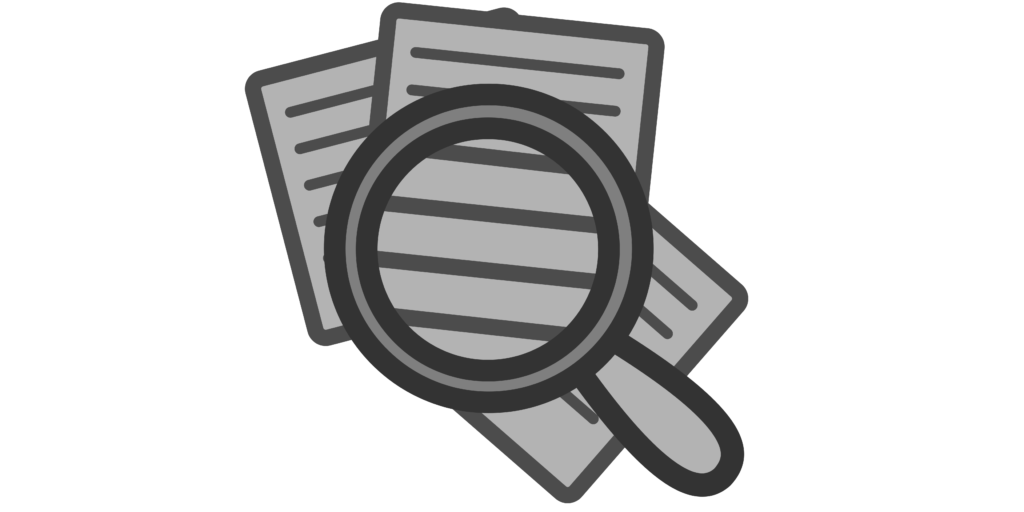There’s always an element of risk when it comes to buying and selling anything online.
You have to put a lot of trust in the other party to come through – whether that’s selling an item as advertised or putting their money where their mouth is and finalizing the purchase.
It’s difficult to know for certain whether a buyer or seller is legitimate, and you might end up wasting your time, or worse – your money.
Here, we’ve shared our top tips on how to stay safe when selling and buying online.
7 Tips For Staying Safe Buying & Selling Online
Tip 1: Use Websites That Review All Listings Before Posting

Don’t just post or buy a product on any website. Our number one tip is to browse and sell only on websites that review all listings before they’re uploaded.
Having a third-party review process reduces the likelihood of dodgy or scam adverts because the person reviewing an advert with red flags will simply not post the listing.
From a buyer’s perspective, selling on websites that fit this description should help you to find genuine buyers, too, who are serious about buying and don’t want to waste their time communicating with an unresponsive seller.
Tip 2: Pay Using Secure Third Parties

If you don’t know the seller and you’re buying a product online, we strongly recommend paying using a secure third-party payment system, such as PayPal.
You can request reimbursement from the seller on PayPal if you made a Friends and Family payment, or you can request a refund if you made a business transaction. While you’re not guaranteed to get your money back if something goes wrong, your purchase is better protected than if you pay with cash or debit card.
If you’re a seller, you can also benefit from these systems. Avoiding cash payments means you have no risk of receiving counterfeit notes.
Tip 3: Take A Friend With You
Buying or selling a product that requires an in-person collection? Take another person with you so that you’re not meeting a stranger alone.
While it’s unlikely that a buyer or seller has anything other than good intentions, it’s important to stay vigilant and acknowledge that crimes can be committed in these situations. At the very least, make sure to meet the buyer or seller in a public or populated area, and tell somebody where you’re going.
Tip 4: Do Your Research

This tip is for buyers who want to stay safe when purchasing an item online: do your research.
Take some time to read through the seller’s profile, including their name, contact details, address, and company. Search for these details online to check that they match up. See if the seller has a LinkedIn profile – this is a great way to validate legitimacy.
If you can’t find the seller’s details anywhere else online, this is a red flag. Of course, it’s possible that the seller simply doesn’t use social media. But you should at least be able to connect their name to a company or find them on LinkedIn, especially if they’re selling an industry-specific item.
Tip 5: Utilize A Selling Platform For Problems & Followups

Another reason why we recommend buying or selling on an official selling platform (rather than on social media or in person) is that you’ll find it easier to resolve problems and make followups if necessary.
When using a selling platform, both buyers and sellers are more likely to resolve an issue and avoid a complete lack of communication after a sale is made.
Many selling platforms have features that protect buyers and sellers from scammers – and even if they don’t, they may still be able to support you if you need to resolve an issue in the aftermath of a sale.
Tip 6: Report Or Block Members
Buyers and sellers can do a lot themselves to improve the safety of the online selling community. So, if you have a bad experience with another user on a selling platform, report the user and block them (if you can).
Reporting the user to the website’s management or customer service team will prompt them to look into the issue and take the appropriate action depending on their findings. This could involve restricting the user or banning them from the website.
You could also block the user, if this is a feature that’s available on the selling platform you’re using, so avoid communicating with them again.
Tip 7: Inspect And Document Items

This final tip applies to both sellers and buyers: make sure to inspect and document items carefully before selling/buying.
If you’re selling, inspect your item thoroughly and take photos and videos from all angles. Make a note of any damage or wear to the item. That way, if the buyer tries to return the item in a few weeks claiming damage, you can ask the buyer for pictures, then compare them to your own to see if the buyer has damaged the product themselves and is trying their luck for a refund.
If you’re buying, ask the seller to send you a video of the item, or inspect it in person (if possible). This means you can ascertain that the item is exactly as described before you spend your money.
Final Word
Buying or selling online always comes with an element of risk. But if you follow the advice in this article, you should be able to stay as safe as possible when using online selling platforms.
Above anything else, be vigilant! If something doesn’t look right, don’t be afraid to question it, or play it safe and avoid communicating with suspicious parties.





